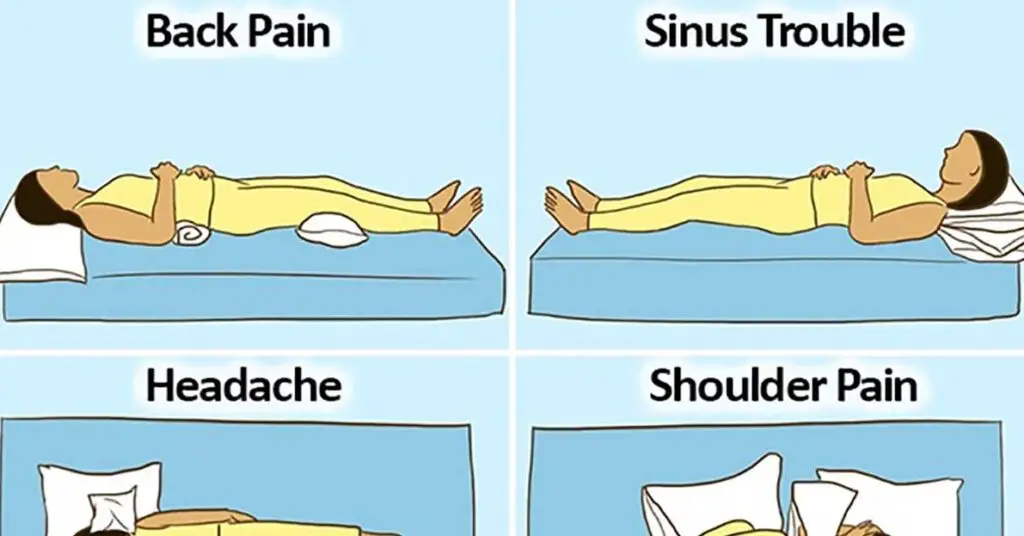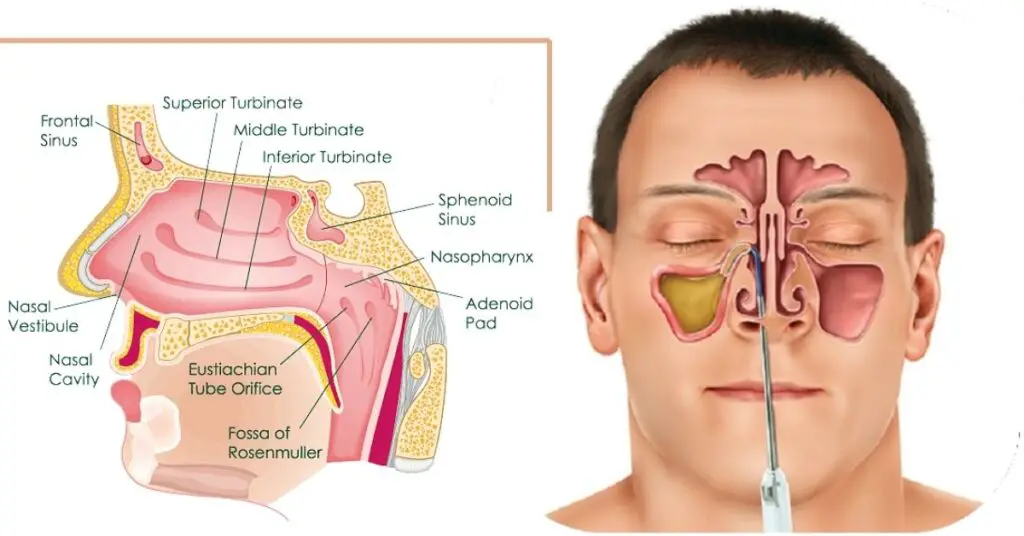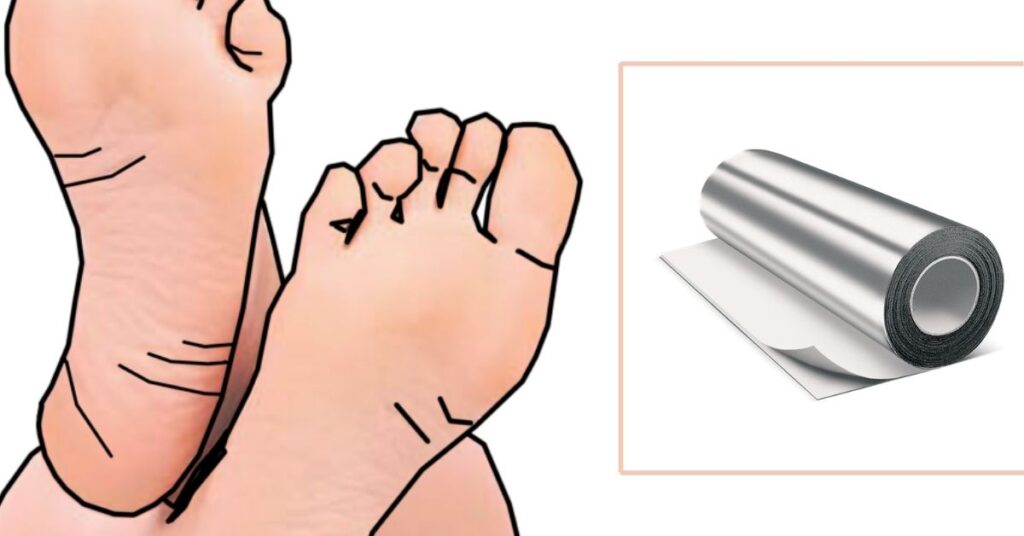Most people change their sleeping positions many times during the night. Sleep occurs in a continuous series of cycles, from light and deep to a rapid eye movement phase, when dreams occur. People wake after each cycle without realizing it.
Everybody awakens throughout the night at least seven times, and when the sleep cycle finishes, they return to sleep, often with a sudden movement, like switching positions.
Pick your favorite sleeping position
Sleep positions are not a matter of preference, they are definitely more than that.
Some sleep advice websites claim that some sleeping positions are more beneficial than others. For instance, sleeping on the right side causes facial wrinkles, but protects the heart. Also, sleeping on the back cleanses the back of waste products. The ability of the brain system to remove toxins and harmful proteins is essential for the prevention of some neurodegenerative diseases, such as dementia, Parkinson`s, and Alzheimer`s.
According to sleep experts, there is no sleeping position that is perfect for everybody. All people have different sleeping habits. While some of them prefer sleeping on their back, others prefer sleeping on the right side.
Also, studies show that sleeping on the back is the best sleeping position. It is a neutral position that prevents pain in the body and reduces the risk of getting stomach acid due to the position of the head.
Nevertheless, it is believed that sleeping positions can affect the overall health and lead to numerous health issues, such as pain in the neck, headaches, fatigue, pain in the back, poor circulation, cramps, stomach issues, etc.
Sleeping on your back
If you sleep on your back, your pillow should be low, so that it can support the natural curvature of the spine and enable stability to the neck. The position of the head should not be above the chest. If you are experiencing backpressure and hip pain, you can put an additional thin pillow under the knees and relieve back pain. Moreover, sleeping on the back can help alleviate the symptoms of acid reflux. If you suffer from acid reflux and choose to sleep on your back, just make sure the esophagus is found higher than your stomach.
Sleeping on your side
On the other hand, if you sleep on your side, your pillow should be of a middle height, so that it can support the spine. For a neutral position, people, who are sleeping on their right or left side, should use an additional pillow between their knees. For people who have sleep apnea, sleeping on side positions can reduce symptoms, leading to better rest and fewer sleep disruptions.
Sleeping on the stomach
If you are sleeping on your stomach, you should use either no pillow or a very thin pillow. Sleeping on the stomach increases the risk of stretching and pain in the back. For abdominal sleepers, it is recommended to use an additional pillow under the pelvis to prevent muscle and neck strain.
Side sleeping is the best for people with specific health issues
Sleep apnea is a serious health issue, often caused by excess weight and other lifestyle factors. People, who suffer from sleep apnea, stop breathing several times a night because their throat muscles calm down and obstruct the airways. Moreover, it can lead to fatigue, high blood pressure, and heart issues.
Pregnant women are better to sleep on their left side. Sleeping on the right side can compress the liver, whereas sleeping on the stomach can make the baby push on the diaphragm of the mother, making it difficult for her to breathe. Also, infants are recommended to sleep on their back to avoid the risk of infant death syndrome.
The right sleeping position for you is the one that you are most comfortable in, which improves your sleep and takes into consideration your health issues.
In case you are not sleeping comfortably, try changing sleeping positions, and see if you can enhance your sleep quality.








